Kleber, Mavs Keep Getting Open 3s; What's Next For Jazz Defense?
The Dallas Mavericks have managed to achieve a 2-1 series lead over the Utah Jazz as a result of their 126-118 win in Game 3.
Jalen Brunson did a masterful job of setting the tone for the Mavericks' offense with 31 points and six assists. Despite going 0-4 on his 3s, he finished 12-22 (54.5 percent) from the floor and made all seven of his free throws. As a team, they shot 18-42 (42.9 percent) on 3s, with the bench alone accounting for 11 makes.
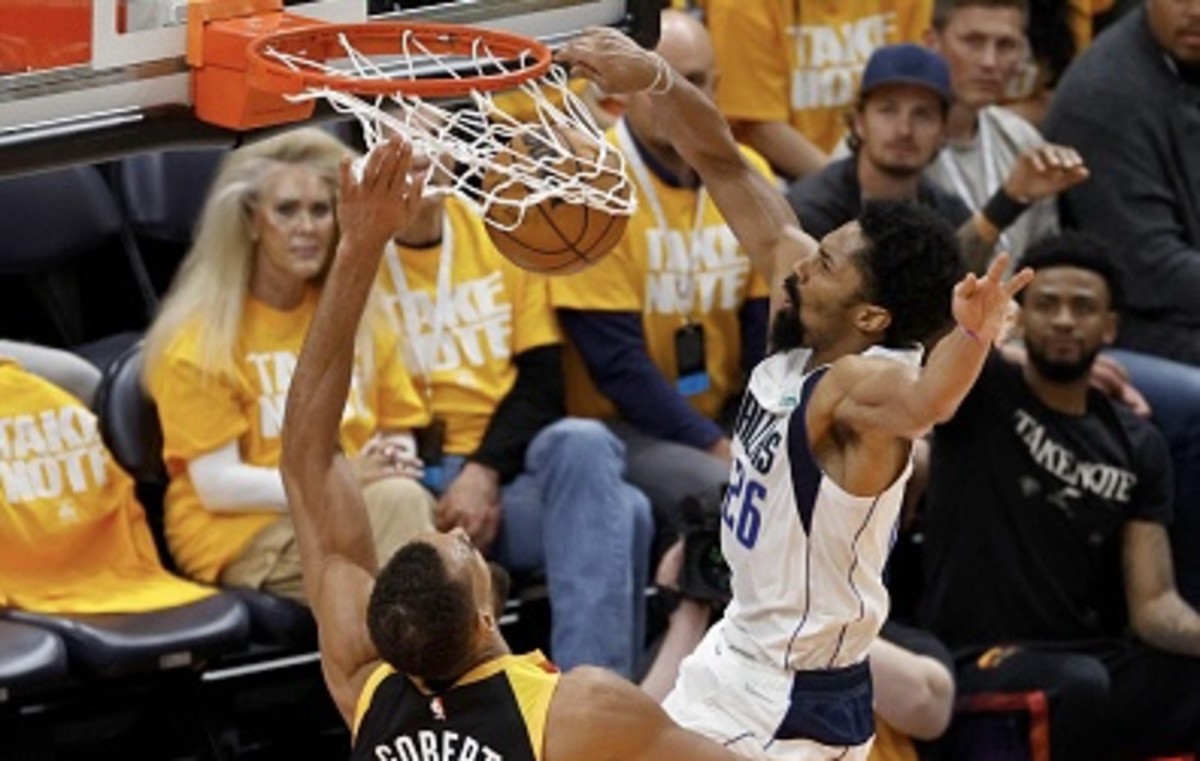
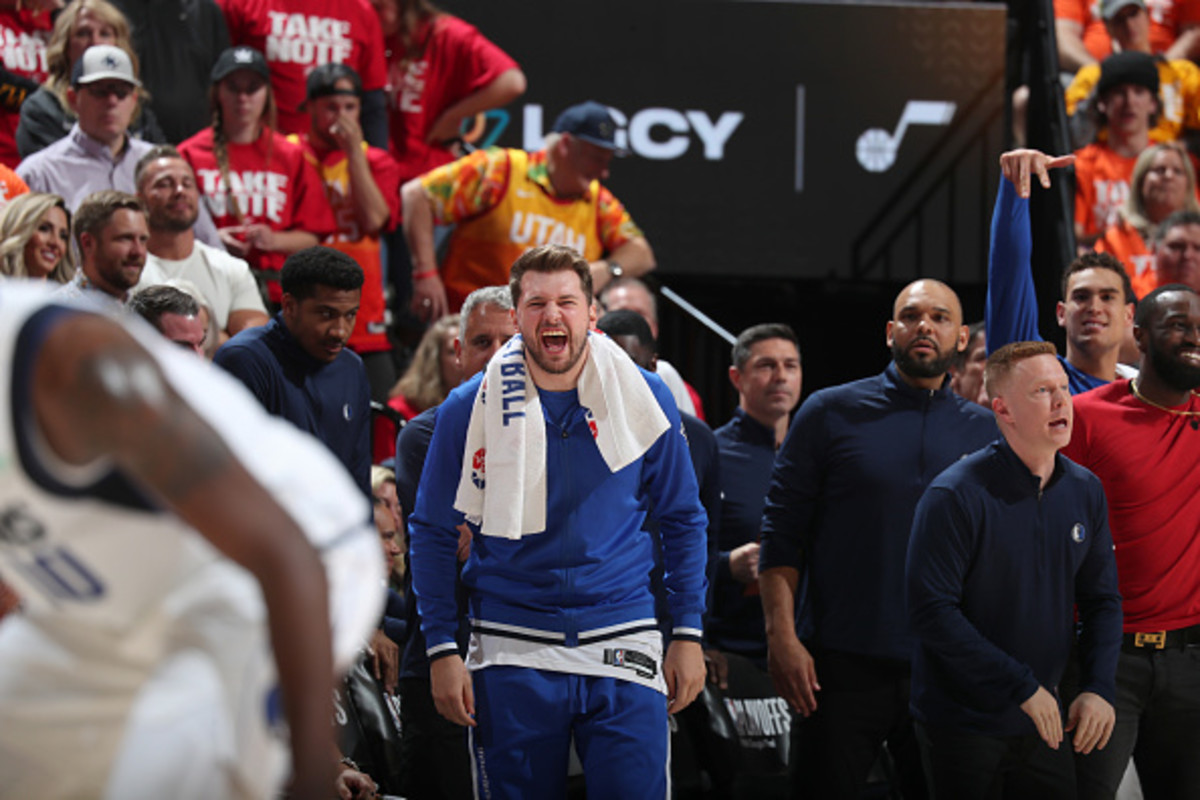
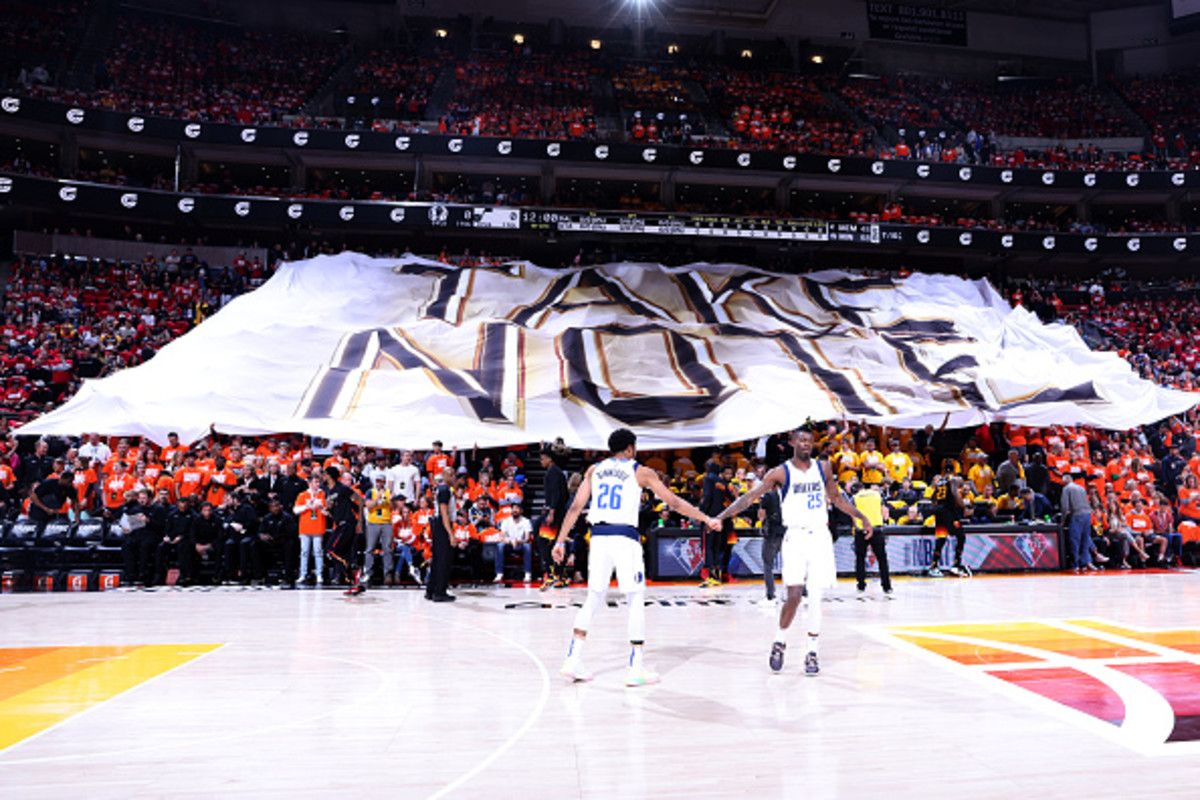
The Mavericks have been one of the most productive perimeter shooting teams in the playoffs despite Luka Doncic not being on the floor for even a second of playing time. Dallas has converted on 40.5 percent of their 3s while launching a league-most 40.3 attempts per game.
It hasn't just been about the quantity of 3s that has been impressive from the Mavericks. They have generated a staggering 20.7 wide-open 3-point attempts per game through three games and are converting at a 43.5 percent clip. Additionally, they are getting 15.7 open 3s and are dropping in 40.4 percent of those.
Overall, that's a mark of 36.2 3-point attempts per game that are at least open looks for the Mavericks. Again, they are achieving these results despite not having Doncic in the lineup — one of the NBA's elite playmakers.
With how much success the Mavericks have achieved from beyond the arc, let's take a look at how they're getting it done:
Simple Lack of Containment
It doesn't get much more straightforward in basketball than defense coming down to being able to stay in front of your man. The Mavericks have not hesitated to spray out to shooters, and they're converting at a high clip. Doing so has been a struggle for the Jazz, and it's become quite costly.
With the Jazz looking to use their big to help on drives, the Mavericks understand that drawing the help will result in a spray-out passing opportunity to a shooter. Furthermore, Utah's defense's lack of attentiveness and effort hasn't worked to make the extra rotation.
It goes beyond the situations when one of the Mavericks' guards gets by a defender and draws help. It's essential to consider the Jazz's efforts to avoid being put in those situations and what they choose to leave themselves vulnerable to.
The simplest way to reduce the chance of a blow-by out on the perimeter is to keep as favorable of a matchup on the opposition's top threats to get into the paint. A strategy the Jazz have used at times to try to get away with not switching has been to show-and-recover against a screen being set by a shooting threat.
When the Jazz do show-and-recover against a ball screen, the short-roll becomes an option to utilize. Finney-Smith did a great job of attacking quickly on the catch to get into the paint to draw help from the big. Making a quick pass out to the wing created a quick extra pass chance for Josh Green to get the ball to a shooter in the corner.
Involving Mitchell in ball screening situations has created some breakdowns for the Mavericks to exploit. It takes a split second of miscommunication for a shooter like Bertans to capitalize. House Jr. seemed to think Mitchell would show and recover in the play below instead of making a switch — leaving Bertans wide open.
There have also been situations when the Jazz have lost tabs of a shooting threat off the ball as plays have developed. Simple relocation created a few open looks in Game 3 for the Mavericks, and while those shots didn't fall, those are potential momentum-swinging plays if they do drop in the future.
Perhaps most unfortunate for the Jazz defense was their decision to dare Josh Green to convert wide-open 3s was working in the first two games of the series but backfired dramatically in Game 3. He was shooting 0-6 on 3s entering Thursday's game but went 3-5 (60.0 percent) in Game 3.
To limit the types of breakdowns the Jazz have experienced at times in this series, it appears to come down to habits. They haven't executed in these areas at a high enough level consistently. Now, they do not seem capable of 'flipping the switch' to get the job done.
Mavericks' Use of Weak-Side Actions
With the Mavericks knowing the Jazz are not going to have their big come out aggressively to the perimeter, they've taken advantage by getting creative with off-ball actions on the weak side.
It's become clear that most Jazz perimeter players are not overly interested in working hard on defense in this series. Whether it's staying in front of their man out in space or working on getting around screens, they just aren't getting it done. Knowing the big will favor the paint, the Mavericks have utilized corner pin-ins.
In the play below, Dinwiddie gets by his man to drive into the paint — drawing help from Gobert. As a result, there are three players on the weak-side perimeter with just two defenders to account for them. The advantage affords the Mavericks the ideal circumstances to deploy a pin-in screen for a catch-and-shoot threat.
"We just have to make some adjustments," Gobert said. "They were setting some flares in the corners, and I think Bertans got two or three 3s off that. We just have to adjust. I think for us, to be able to adjust quicker on the fly on the court. We shouldn't have to wait until halftime and wait for them to hit like three 3s doing that for us to adjust.
"We have to find ways for us to communicate better and be able to adjust on the fly, and if they're going to surprise, it can only be one time; it can't be three times."
In other situations, the Mavericks have used quick handoffs on the weak side to create a clean window to get a catch-and-shoot look-off. Knowing that a hard drive will draw Gobert to help creates a situation where it's up to the perimeter player to recover to the recipient of the handoff to pressure the release.
The Mavericks have been seeking out players like Mitchell in various off-ball situations within the flow of a possession where laziness or a lack of attentiveness can make the defense pay has helped, too. One way of doing so was to use a flare screen involving Mitchell's man to make him have to make a read but want to be involved in the play.
It goes a long way for the Mavericks to know before they even attack where the help will be coming from since the Jazz rely so much on Gobert's paint protection. As a result, the reads are more straightforward, and they can often attack knowing what to seek out.
It shouldn't be understated just how poor of an off-ball defender Mitchell has become. Well, he has been a turnstile containing dribble penetration, too. However, his lack of focus and assertiveness when defending off the ball is also off the charts. Despite his team trailing by four points in the fourth quarter of a critical Game 3, he's ball-watching as his man gets a putback late in the game in the play below.
If Mitchell can't even be bothered to make a minimal effort on the boards when his teammates are doing the dirty work against a drive, imagine the vulnerabilities the Jazz faces in other situations. The Jazz have to account for plenty of their other defenders being at a disadvantage in on-ball situations, and Mitchell's negative impact makes that more challenging.
Gobert Wants to Switch 1-Through-5
There's been much debate about Gobert's limitations on a team on defense. Some tend to say that Gobert can't defend out in space. While there are certain limitations to it against top matchups, a lot of the issue is that it takes him away from being a rim protector to cover up his teammates' mistakes.
Perhaps one of the more interesting comments Gobert made after Game 3 wasn't his belief that going small was beneficial to the Jazz, but instead that he felt continuing to switch everything when he came back into the game offered a solution.
"I thought it was great. I thought it was great to give them different looks, both for us and for Dallas. It was good for us to see how they were going to adjust and play against five-out and attacking against switching 1-through-5. I feel like he gave us an edge defensively.
"When I came into the game, we kept switching 1-through-5, and I felt we were playing much better on defense. They hit a few tough shots at the end, and there were a few drives we could clean up. For the most part, I thought that we raised our level, and now we have to be sure to do it from the beginning."
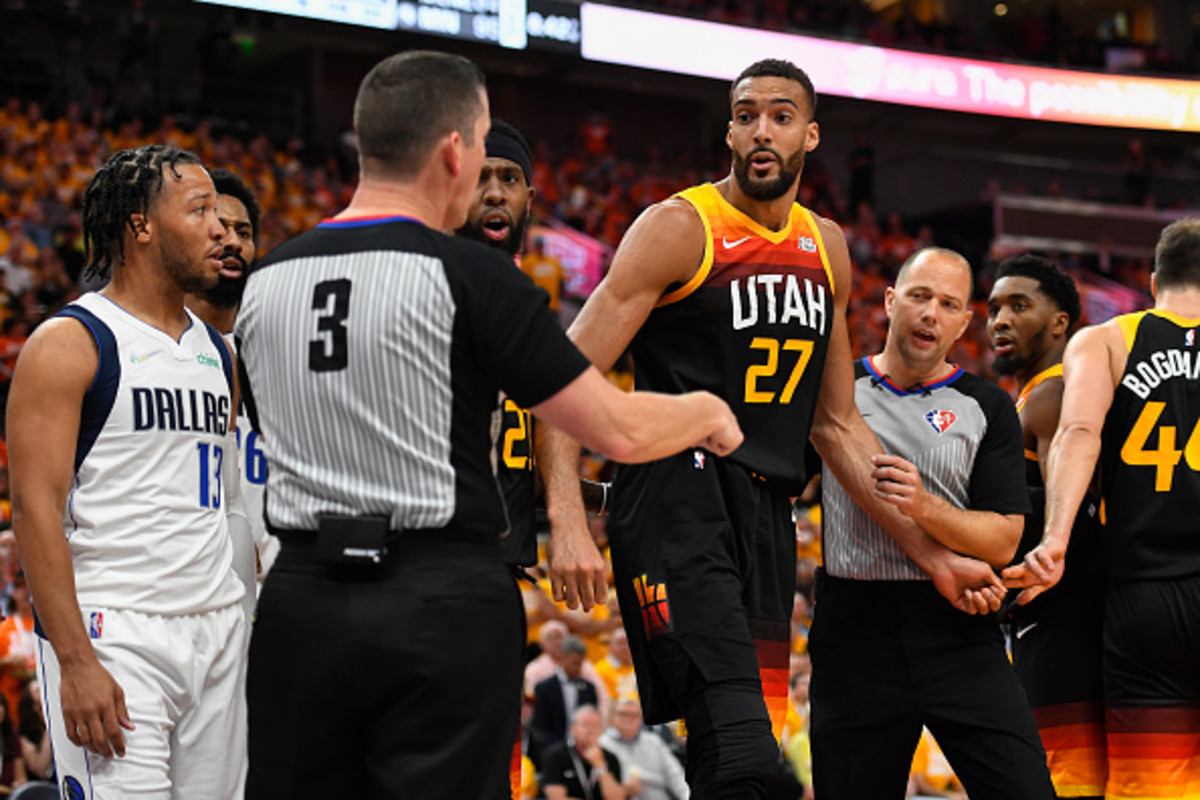
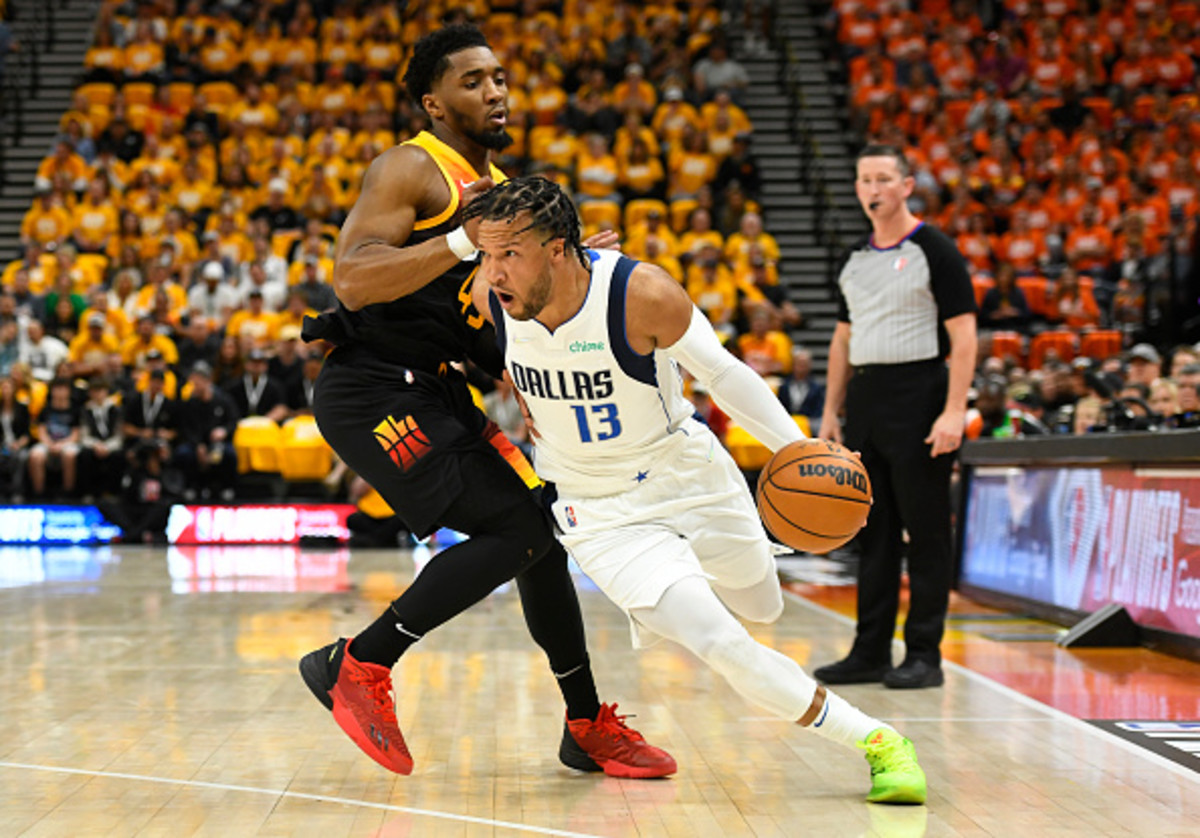
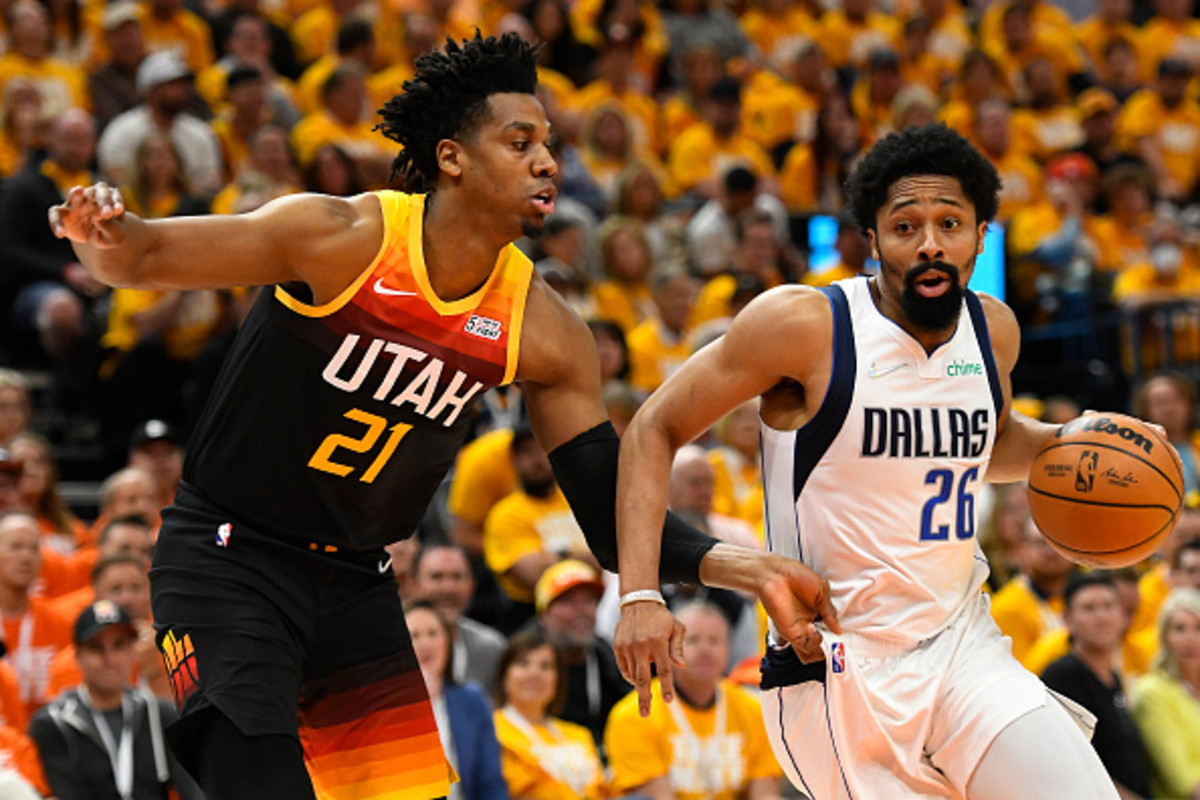
In the fourth quarter of Game 3, the Mavericks had 22 total half-court possessions, with 14 of them featuring isolation. When excluding the putback from Finney-Smith, 66.7 percent of Dallas' offensive possessions ended with an outcome derived initially from isolation. The Mavericks ended up closing out the game largely due to their execution in these situations.
Brunson scored six consecutive points down the stretch of Game 3, with his first two made shots being isolation possessions. He attacked a favorable matchup to get into the paint and took advantage of the spacing. Utah attempted to show and recover against him on a ball screen to cap off this stretch, but Brunson drove hard right into the defender with his back turned to get to the line.
Immediately after Brunson's personal mini-run in the fourth quarter, Dinwiddie went to work in isolation for a pair of possessions, too. He got into the lane to draw Gobert in help — creating a spray-out pass to Finney-Smith in the corner. He then tried to set a screen and flare out for a catch-and-shoot look knowing Gobert would favor sagging off. Instead, House Jr. rotated over, and Dinwiddie went to work for what ended up ultimately being the big pull-up 3 to seal the win.
The Mavericks can easily adjust to the Jazz switching, especially when Doncic is back in the lineup. Dinwiddie has already shown it's easy for him to blow by Utah's bigs for finishes at the rim, and Brunson has beaten pretty much everybody on their roster, too.
Among the many big plays, Brunson made in the fourth quarter of Game 3 was a pull-up jumper he knocked down against Gobert in isolation. While Gobert may classify this as a 'they just hit tough shots' moment, those are looks the Mavericks should be confident in taking when considering their talent level.
Throughout this series, Brunson has done a lot of damage, simply breaking down the on-ball defender and making a play going downhill. Whether it's a matchup the Jazz prefer like O'Neale or House Jr., or a player they want to keep away from the ball like Conley, Bogdanovic, Mitchell, or Clarkson, Brunson has made them all look silly when switching 1-through-4. Having a traditional center try to get it done isn't a solution.
When Doncic is on the court, the opponent choosing to switch everything is precisely the advantage he wants. It's easy to work the ball around to attack the weak point against such a strategy, and ultimately, it makes big men essentially unplayable against him. He's not going to be rushed back onto the floor either, so he'll be ready physically to pick apart the Jazz defense when the time comes.
Now, imagine when at times, Brunson, Doncic, and Dinwiddie are all on the court in a three-guard lineup? The Jazz don't even have one on-ball defender that can consistently get a stop. The Mavericks would then have three threats to attack all at the same time.
